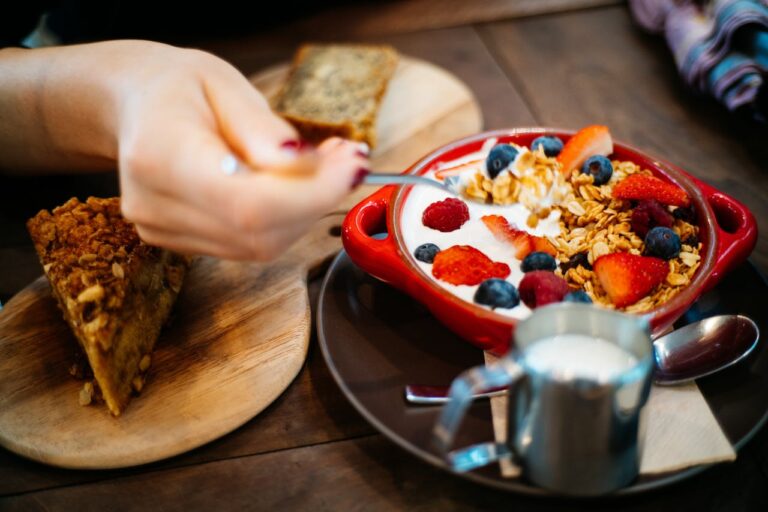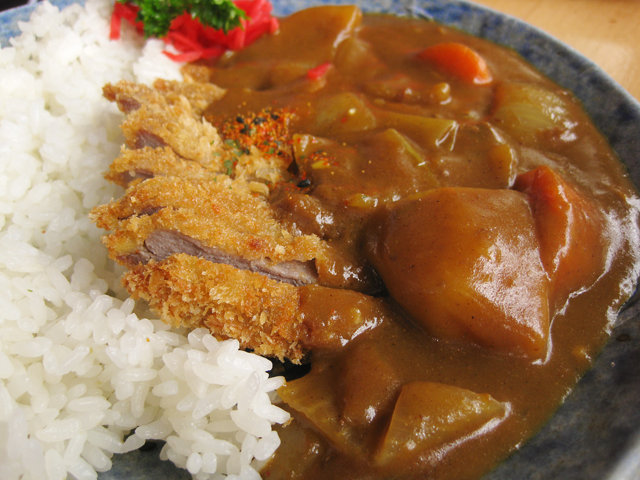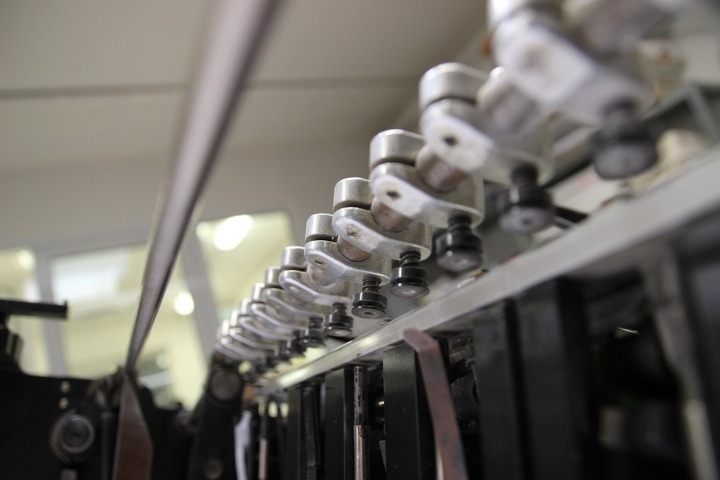The impact of eating habits on work performance cannot be overstated. Research has consistently shown that maintaining healthy eating habits can significantly boost productivity and focus in the workplace. When we fuel our bodies with nutritious foods, we provide our brains with the necessary nutrients to function optimally, leading to improved cognitive function and mental clarity.
Conversely, a poor diet can have detrimental effects on work performance. Consuming high levels of processed foods, sugar, and unhealthy fats can lead to energy crashes, sluggishness, and difficulty concentrating. Moreover, these eating patterns are often linked to increased stress levels and reduced resilience to cope with work-related challenges. By prioritizing healthy eating habits, such as consuming whole foods rich in vitamins, minerals, and fiber, individuals can support their overall well-being and maximize their potential in the workplace.
Understanding the link between eating habits and health empowers us to make informed choices that support our overall well-being. By making conscious efforts to prioritize nutrient-dense foods and adopt healthier eating patterns, we can proactively contribute to improving the state of our health and that of the planet. Embracing these changes with intentionality can lead to long-term benefits for both ourselves and future generations.
The Importance of Nutritious Meals

Nutritious meals play a pivotal role in shaping our productivity at work. It’s not just about satisfying hunger; it’s about nourishing our bodies and minds to perform at their best. When we prioritize healthy eating habits, we fuel our brains with essential nutrients that support cognitive function, concentration, and overall mental clarity. Additionally, maintaining a balanced diet can help regulate energy levels throughout the day, preventing the mid-afternoon slump that often accompanies poor food choices. By making conscious decisions to incorporate nutrient-rich foods into our daily eating habits, we equip ourselves with the physical and mental stamina needed to tackle challenges and excel in a demanding work environment.
Moreover, the impact of nutritious meals extends beyond individual performance; it can also influence team dynamics within the workplace. When employees prioritize healthy eating habits, they are more likely to experience fewer sick days and higher morale, contributing to a positive and vibrant work culture. Encouraging nutritious eating habits can even serve as a unifying factor among colleagues as they swap recipes or share wholesome lunch ideas. By collectively embracing healthy eating practices, teams can foster an environment conducive to sustained productivity and collaboration. So, remember, your next meal is not just for sustenance – it’s an opportunity to optimize your performance at work while nurturing teamwork in the process.
Energy Levels and Focus
Maintaining optimal energy levels and focus at work is directly linked to our eating habits. Unhealthy food choices, such as sugary snacks and heavy meals, can lead to energy crashes and reduced cognitive function. On the other hand, adopting healthy eating habits can significantly improve productivity and concentration. Foods rich in nutrients like fruits, vegetables, whole grains, and lean proteins provide a steady release of energy throughout the day, which helps sustain mental clarity and alertness.
Moreover, it’s essential to pay attention not only to what we eat but also when we eat. Timing our meals to align with our body’s natural energy fluctuations can have a profound impact on focus and efficiency. For instance, a balanced breakfast packed with protein and complex carbohydrates can jumpstart the day’s productivity by providing sustained energy levels. By making conscious choices about our eating habits within the workday routine, we can harness the power of food to optimize performance and concentration.
The Role of Meal Timing

The timing of our meals plays a crucial role in shaping our productivity at work. It’s not just about what we eat, but also when we eat that affects our energy levels and mental focus throughout the day. Research suggests that having a balanced breakfast within an hour of waking up can kickstart metabolism and enhance cognitive function, setting the tone for a productive day. Similarly, spacing out smaller, nutrient-dense meals every 3-4 hours can help maintain steady blood sugar levels and prevent energy crashes, keeping us alert and focused during work hours.
Moreover, aligning meal times with natural circadian rhythms can further optimize productivity. Eating larger meals earlier in the day when our body’s metabolic rate is higher and gradually tapering off food intake towards the evening aligns with our natural energy fluctuations. This approach not only supports digestion but also ensures that we’re utilizing fuel efficiently throughout the workday. Making mindful adjustments to meal timing could be the missing link in achieving sustained productivity and overall well-being at work by effectively managing energy levels through strategic eating habits.
Snacking and Productivity
Snacking plays a crucial role in maintaining productivity at work. Healthy snacking habits can keep energy levels steady throughout the day, preventing the mid-afternoon slump that often leads to decreased focus and productivity. Opting for nutrient-dense snacks such as nuts, fruits, and yogurt can provide a sustained release of energy, helping to avoid the distraction of frequent hunger pangs. Conversely, indulging in sugary or high-fat snacks may lead to temporary energy spikes followed by crashes, negatively impacting cognitive function and work performance.
In addition to sustaining energy levels, mindful snacking can enhance mental alertness and concentration. Consuming small, balanced snacks at regular intervals can help regulate blood sugar levels and prevent distractions caused by hunger-induced irritability or lightheadedness. Furthermore, choosing snacks rich in omega-3 fatty acids like salmon or chia seeds can support brain health, potentially leading to improved cognitive function and overall productivity at work.
Hydration and Cognitive Function
Proper hydration is crucial for optimal cognitive function. Dehydration can lead to decreased concentration, memory problems, and reduced mental clarity. Research has shown that even mild dehydration can negatively impact cognitive performance, making it essential to maintain healthy hydration levels throughout the day. By incorporating regular water intake into your daily eating habits, you can support your brain’s ability to focus and stay sharp.
In addition to water, certain foods can also contribute to hydration and cognitive function. Fruits and vegetables with high water content, such as cucumbers, strawberries, and watermelon, not only help keep you hydrated but also provide essential nutrients that support brain health. Incorporating these hydrating foods into your eating habits can enhance cognitive function while promoting overall health and productivity at work. By paying attention to both your fluid intake and the types of foods you consume, you can optimize you’re eating habits for improved cognitive performance throughout the day.
In conclusion, healthy eating habits are crucial to maximizing productivity at work. By fueling our bodies with nutritious and energizing foods, we can sustain our focus and energy levels throughout the day. This isn’t about following a strict diet but rather making mindful choices to support our overall well-being. Incorporating a variety of fruits, vegetables, lean proteins, and whole grains into our meals can provide the sustained energy needed to tackle daily tasks with optimal efficiency.
Our eating habits change gradually, often shaping our lifestyle in ways we may not initially recognize. The shift from a diet high in processed foods to one focused on whole and natural ingredients can lead to not just physical changes, but also a mental transformation.
Swapping with Diabetes Pill Medications and Eliminating Painful Injections























